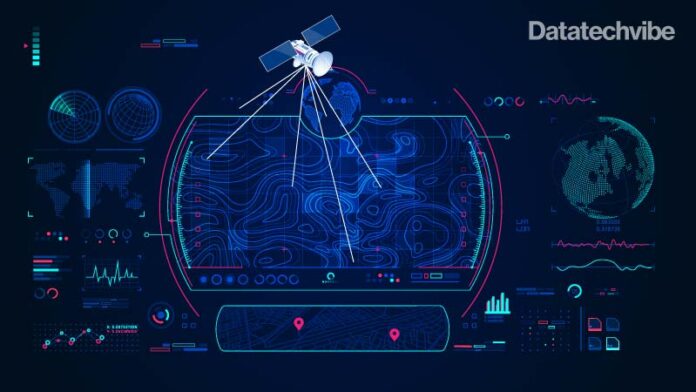This will expand the coverage of DEWA’s existing LoRA IoT Terrestrial network, which connects remote assets directly with the nanosatellite
Dubai’s utility company DEWA has developed Internet of Things terminals for the company’s 3U nano satellite, DEWA-SAT1. The satellite was developed in conjunction with Infra X, the IT and telecommunications arm of Digital DEWA, and their British technical partner Wyld.
Dubai Electricity and Water Authority is using nanosatellites to improve the operations, maintenance, and planning, of electricity and water networks. DEWA’s R&D Centre developed the satellite IoT terminals to connect DEWA’s assets to the satellite directly and be suitable for grid applications, where it links IoT sensors to DEWA’s nanosatellites. It also provides hybrid connectivity with both the Long-Range (LoRa) IoT terrestrial network operated by InfraX, and DEWA’s nanosatellites.
“The R&D Centre designed the satellite LoRa IoT terminals to be capable of communicating using Infra-X LoRa terrestrial as well as LoRa Space-D satellite communication networks. With this, Infra-X can offer extended communication coverage to their customers, including DEWA, to assets in remote locations with no terrestrial coverage,” said Dr Ali Rashid AlAleeli, Vice President R&D, Business Development and Excellence, DEWA.
This will expand the coverage of DEWA’s existing LoRA IoT Terrestrial network, which connects remote assets directly with the nanosatellite, without the need for ground gateways or satellite ground stations to send the data.
“By the end of 2022, we plan to launch a 6U nanosatellite with customised high-resolution image sensing technology specifically designed for DEWA to capture images more frequently,” said Saeed Mohammed Al Tayer, MD & CEO, DEWA.
The satellite LoRa IoT communication technology uses the LoRa wireless protocol standard designed for long-range communications. It uses less energy and expands the coverage of the existing terrestrial communication network. Once the satellite constellation is in operation, data collection from remote assets can be collected at a fraction of the cost and time to extend the coverage of the terrestrial network.









